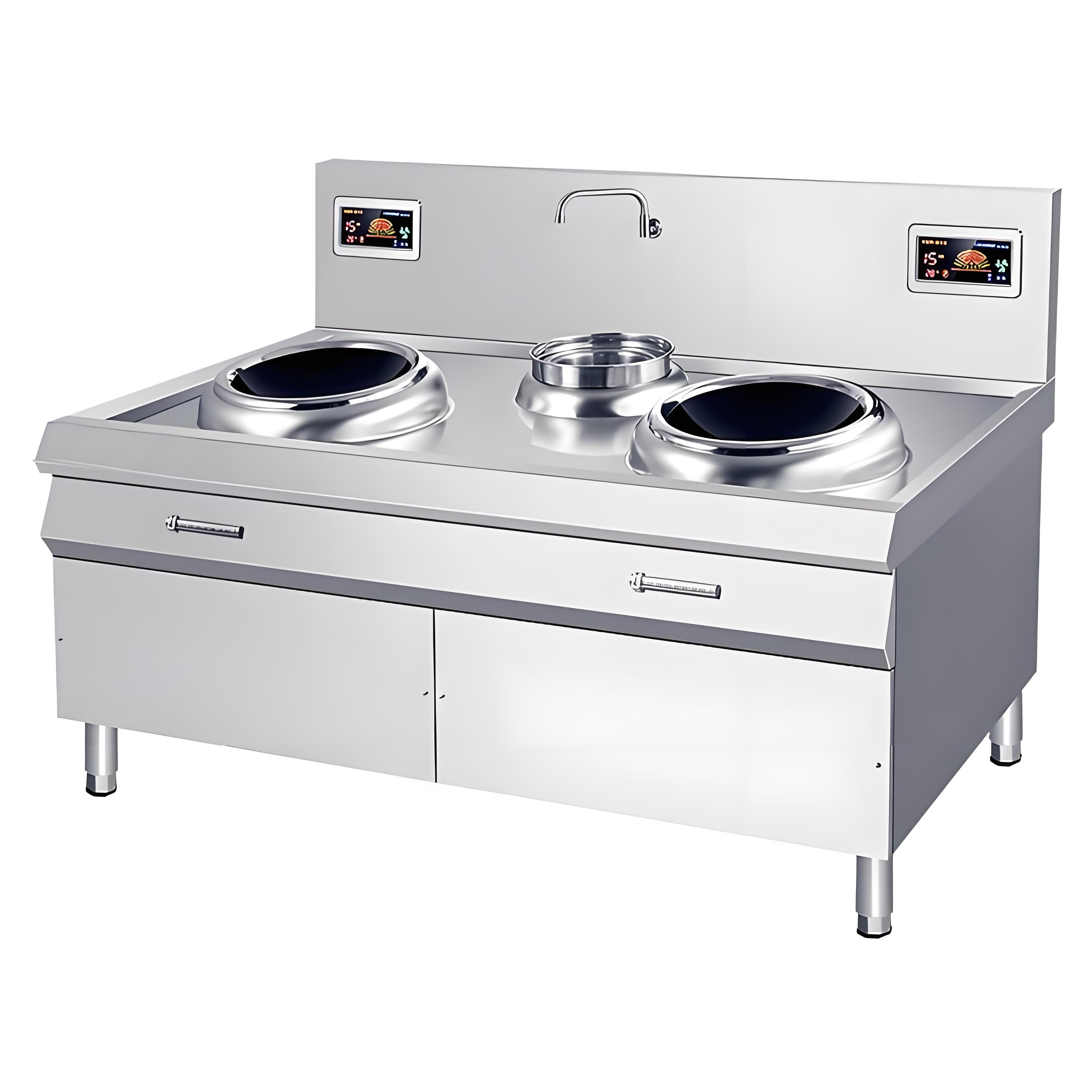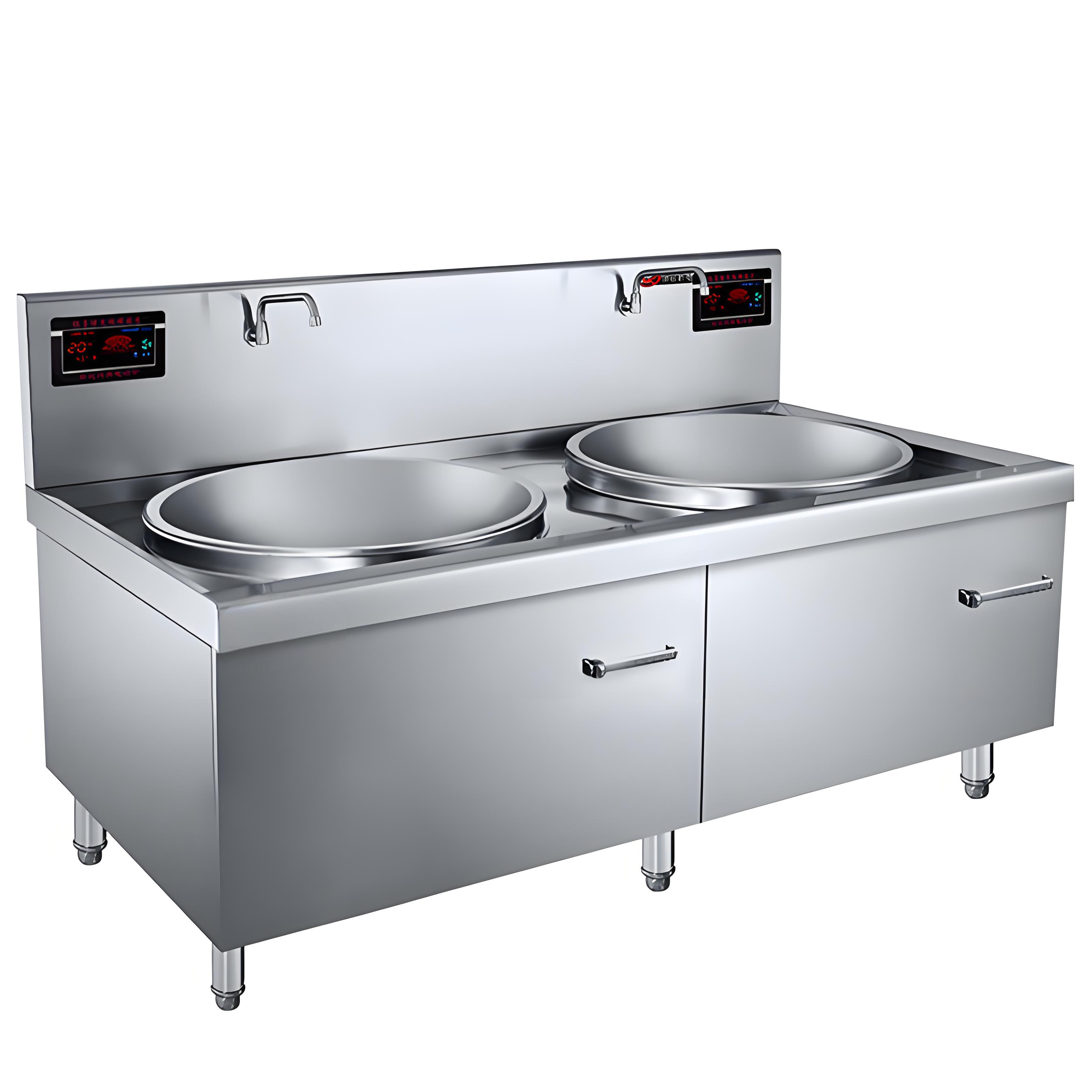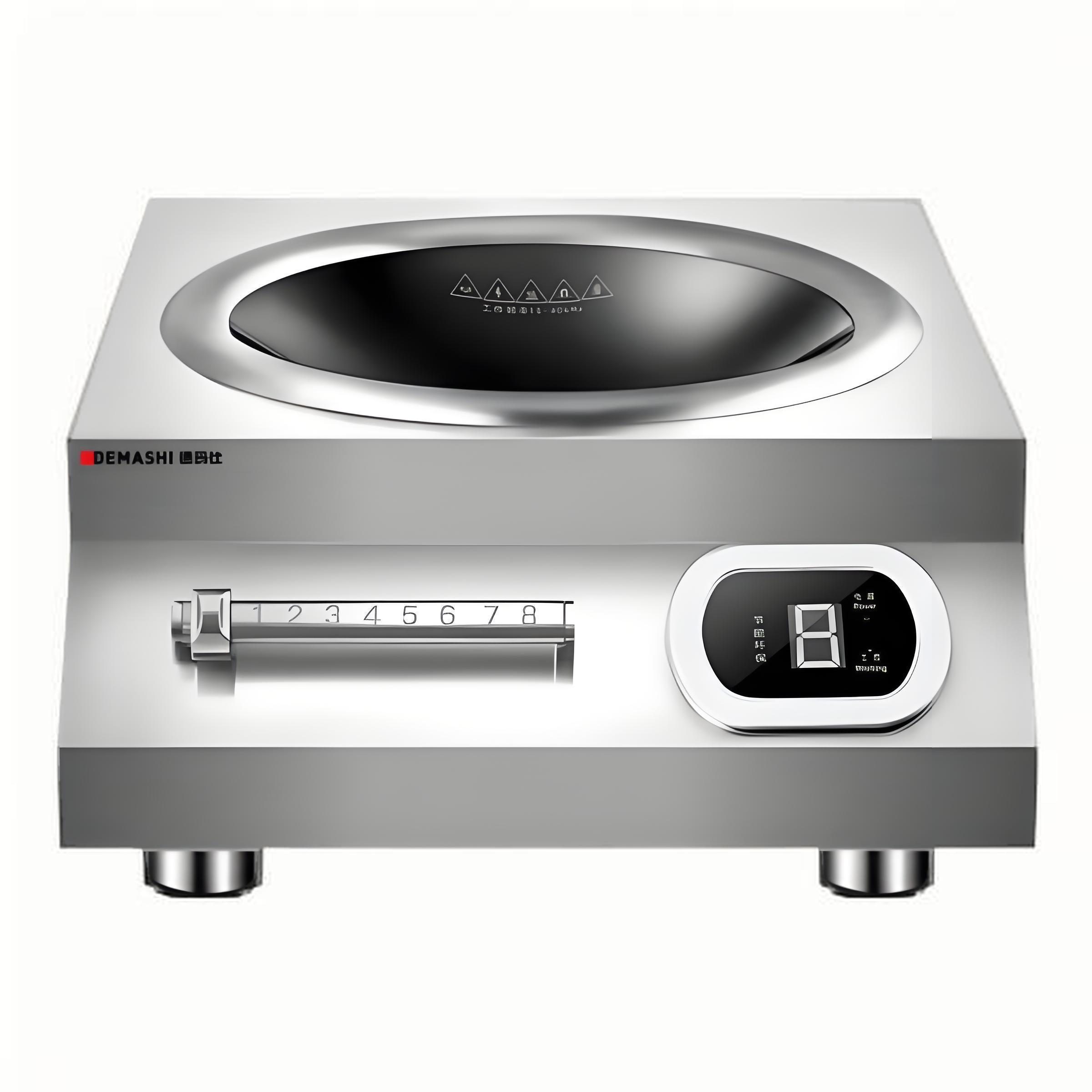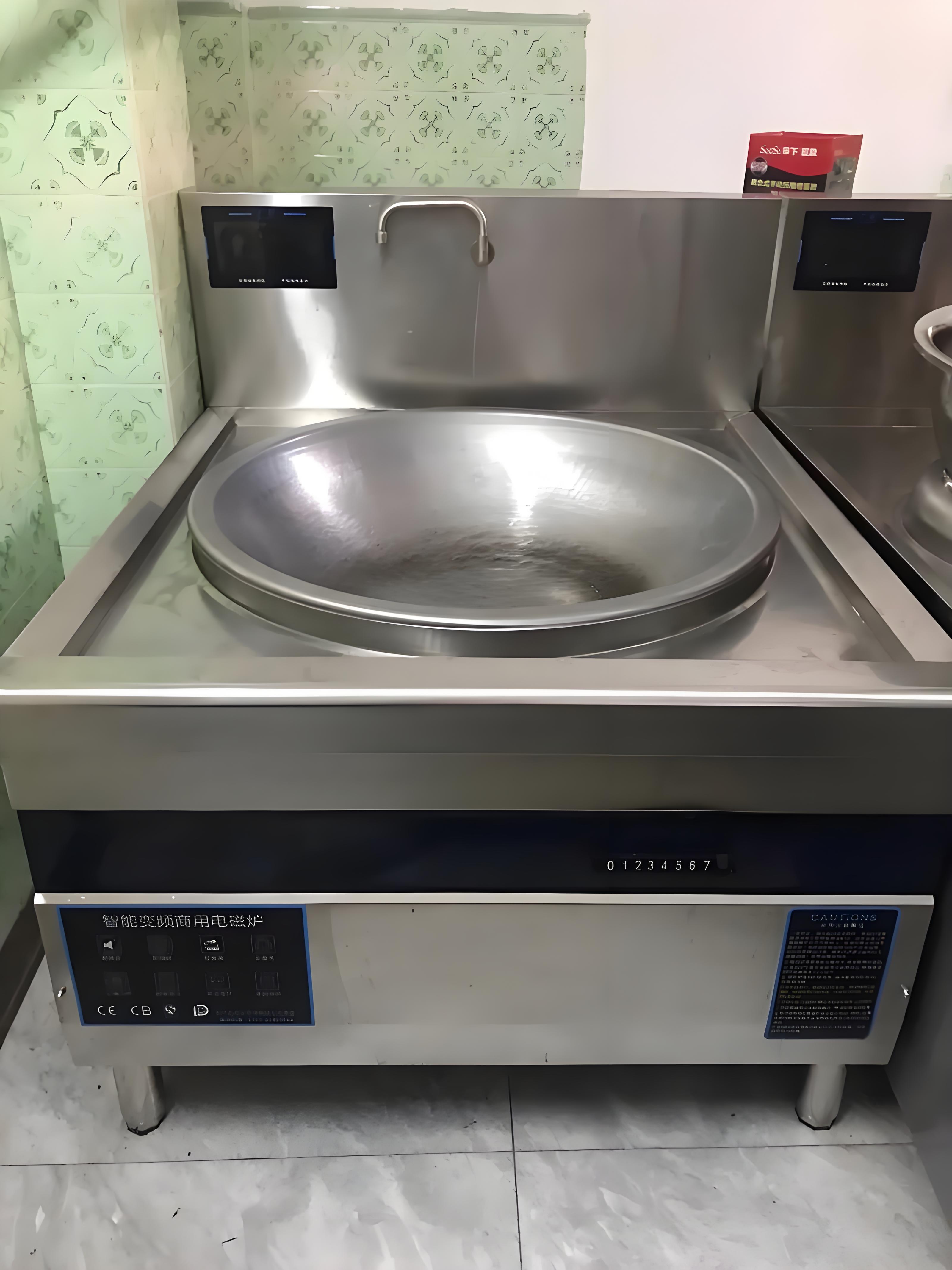As someone who’s spent over a decade consulting for hotel kitchens, from boutique establishments to sprawling resorts, I’ve seen the shift toward commercial induction cookers transform how chefs work. A few years back, I helped a mid-sized hotel in Shanghai transition from gas to induction, and the process was both exciting and challenging. Induction cookers offer precision, efficiency, and safety, but swapping out traditional gas or electric stoves in a busy hotel kitchen isn’t as simple as unplugging one and plugging in another. You’re dealing with high-stakes operations where downtime, costs, and staff adaptation matter. In this article, I’ll share my insights on what to consider when switching to a commercial induction cooker in a hotel kitchen, drawing from real-world experiences to guide you through the process smoothly. Whether you’re upgrading for energy savings or modernizing your setup, these tips will help you avoid costly missteps.
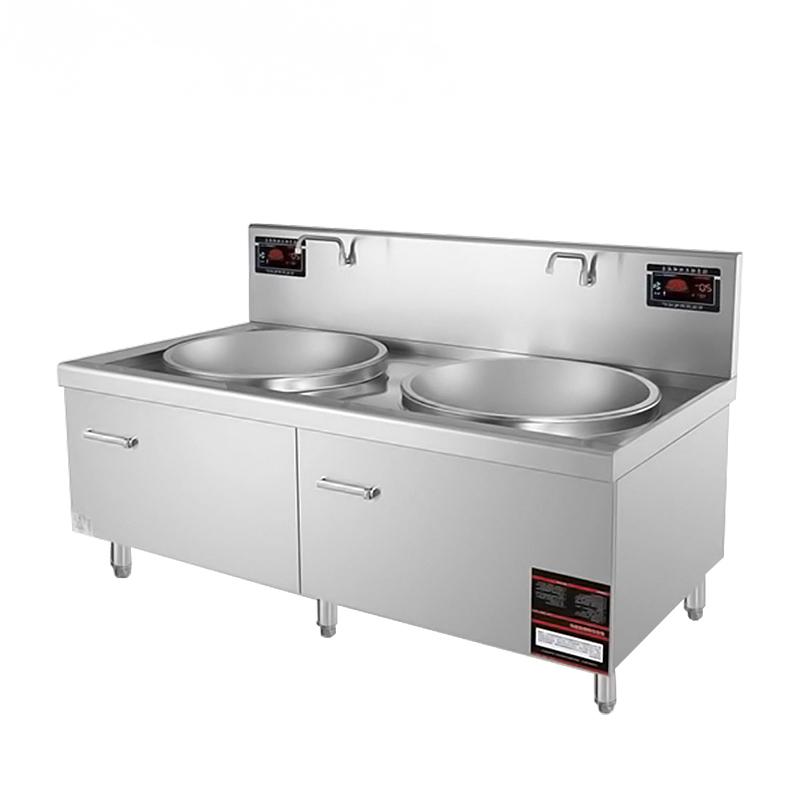
1. Why Switch to Commercial Induction Cookers?
Before diving into the nitty-gritty, let’s clarify why induction cookers are gaining traction in hotel kitchens. Unlike gas or traditional electric stoves, induction cookers use electromagnetic fields to heat cookware directly, offering faster cooking, precise temperature control, and energy efficiency. They’re safer (no open flames), easier to clean, and align with sustainability goals—a big plus for hotels aiming for green certifications.
I recall a chef at a coastal resort praising their new induction setup because it kept the kitchen cooler, a godsend during summer rushes. But the transition requires careful planning to ensure it meets your kitchen’s unique demands. Let’s break down the key considerations.
2. Key Considerations for Switching to Induction
Switching to commercial induction cookers involves more than choosing a model. Here’s what I’ve learned from guiding hotels through this process.
a. Assess Your Kitchen’s Electrical Infrastructure
Induction cookers require significant electrical power, often more than gas or traditional electric stoves. Commercial models typically need 220–240V single-phase or 380–415V three-phase power, with wattages ranging from 3.5 kW for a single burner to 30 kW for multi-zone units. Your kitchen’s existing wiring, circuit breakers, and power supply may not handle the load.
When I worked with a boutique hotel in Beijing, their old electrical panel couldn’t support the new induction units. We had to upgrade the panel and rewire parts of the kitchen, which added to the budget but ensured safety and reliability. Steps to take:
Consult an electrician: Have a licensed professional assess your kitchen’s electrical capacity.
Check amperage and voltage: Ensure your system matches the cooker’s requirements (e.g., 50–100 amps for heavy-duty units).
Plan for future expansion: If you might add more appliances, upgrade your infrastructure now to avoid rework.
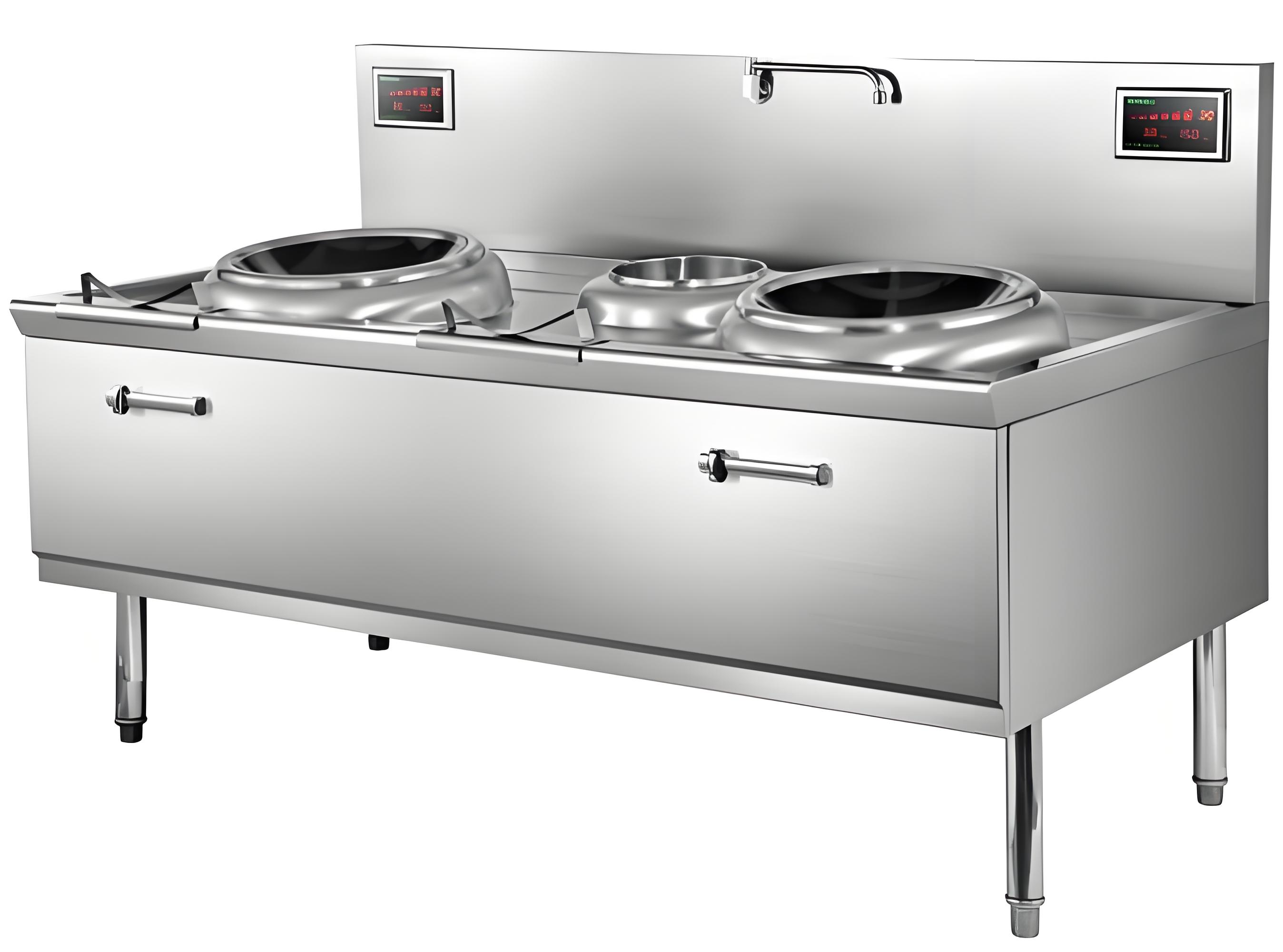
b. Evaluate Cookware Compatibility
Induction cookers only work with ferromagnetic cookware (e.g., cast iron, stainless steel). Aluminum, copper, or glass pots won’t heat up, so you may need to replace some of your kitchen’s existing cookware.
During the Shanghai hotel project, we discovered half their pans were aluminum, unsuitable for induction. Replacing them was a significant expense, but we negotiated bulk discounts with a supplier. Tips:
Test existing cookware: Use a magnet—if it sticks to the base, it’s induction-compatible.
Invest in quality: Choose durable, flat-bottomed pans for optimal heat transfer.
Budget for replacements: Expect to spend $50–$200 per pot or pan, depending on size and brand.
c. Consider Space and Layout
Commercial induction cookers come in various configurations—countertop, freestanding, or built-in multi-zone units. Your kitchen’s layout and workflow will dictate the best fit. Countertop models (1–2 burners) are great for small kitchens, while larger hotels may need multi-zone ranges for high-volume cooking.
In a resort kitchen I consulted for, we swapped out a bulky gas range for a sleek four-zone induction unit, freeing up counter space for prep work. But we had to ensure ventilation and clearance met safety codes. Steps:
Measure your space: Confirm the cooker fits without crowding workstations.
Check ventilation: Induction produces less heat, but you still need proper airflow to prevent overheating.
Plan for workflow: Position the cooker where chefs can access it efficiently during peak hours.
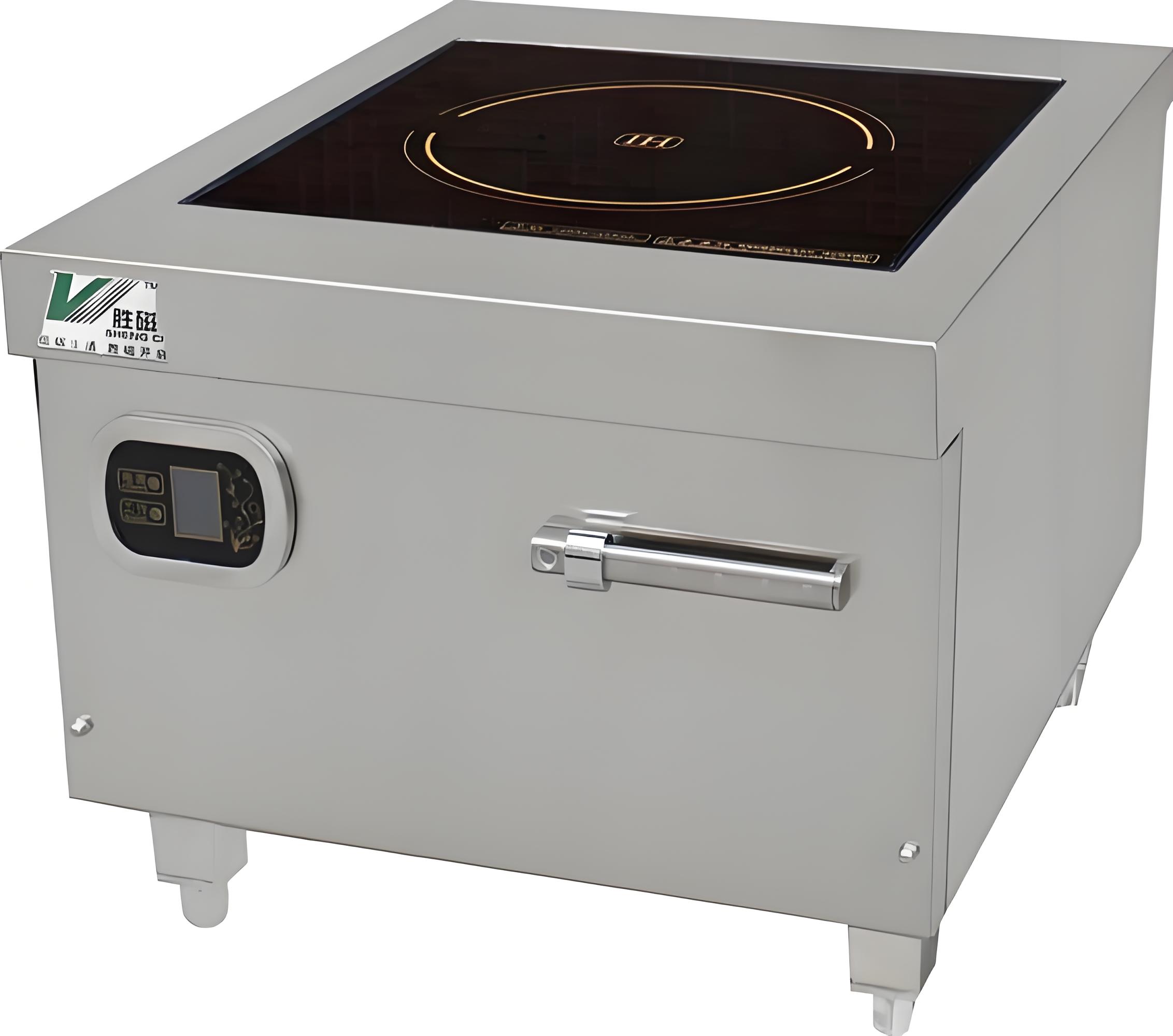
d. Train Your Staff
Induction cooking is different from gas or electric, and your kitchen staff will need training to adapt. The precise temperature control and instant heat response can be a learning curve, especially for chefs used to open flames. Safety training is also crucial, as induction surfaces stay cooler but can still cause burns if mishandled.
I organized a training session with the induction cooker’s manufacturer during the Beijing project. The chefs were skeptical at first but grew to love the precision after a week of practice. Tips:
Arrange manufacturer training: Many brands offer free or low-cost sessions.
Focus on technique: Teach staff how to adjust temperatures quickly and use compatible cookware.
Emphasize safety: Train on cleaning protocols and avoiding burns from hot pans.
e. Budget for Costs
Switching to induction involves upfront and ongoing costs. Commercial induction cookers range from $1,000 for basic models to $10,000+ for high-end multi-zone units. Add in electrical upgrades, cookware, and installation, and costs can escalate. However, induction’s energy efficiency (up to 90% vs. gas’s 40%) can save money long-term.
In the Shanghai hotel, the initial $15,000 investment (cookers, wiring, cookware) paid off with 30% lower energy bills over two years. Cost breakdown:
Cooker: $1,000–$10,000 per unit.
Electrical upgrades: $2,000–$10,000, depending on infrastructure.
Cookware: $500–$5,000, based on kitchen size.
Installation: $500–$2,000 for professional setup.
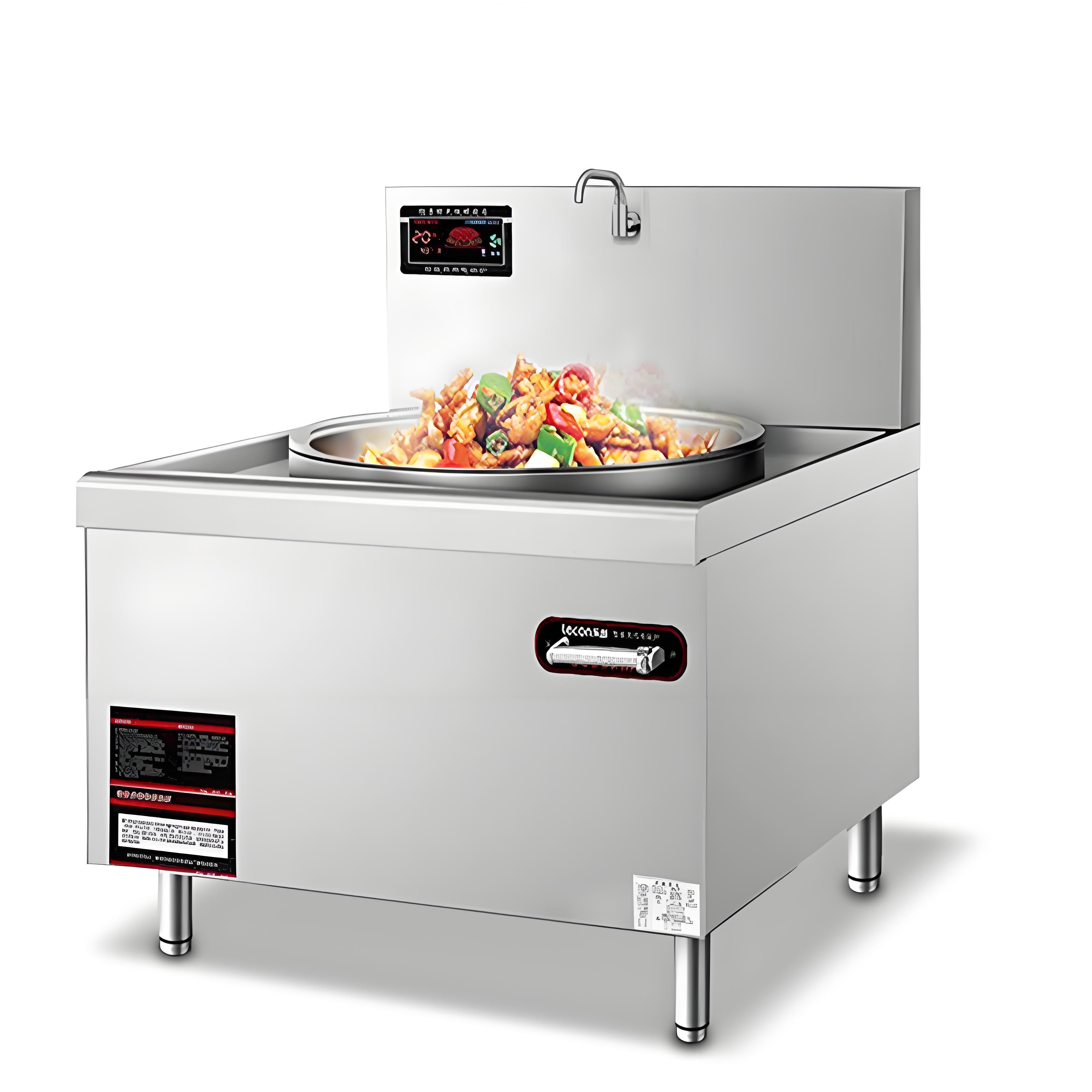
f. Ensure Compliance with Regulations
Hotel kitchens must comply with local health and safety codes, which may include specific requirements for electrical appliances, ventilation, and fire safety. Induction cookers are generally safer (no open flames), but you’ll still need to meet standards.
During a project in Guangzhou, we had to install additional fire suppression systems to comply with local codes, even though induction reduced fire risks. Steps:
Check local codes: Contact your health department or fire marshal for requirements.
Get permits: Secure electrical and building permits before installation.
Hire certified installers: Ensure compliance with safety standards.
g. Plan for Maintenance and Repairs
Induction cookers are low-maintenance compared to gas stoves (no burners to clog), but they’re not immune to issues. Electronic components can fail, and glass-ceramic surfaces may crack if mishandled. Choose a reliable brand with a good warranty and local service support.
I advised a client to pick a cooker with a 2-year warranty and local repair services. When a burner malfunctioned, the quick fix minimized downtime. Tips:
Choose reputable brands: MKN, Vollrath, or Hatco are known for durability.
Train staff on care: Avoid dropping heavy pans or using abrasive cleaners.
Keep spare parts: Stock common components like fuses or control boards for quick repairs.

3. Comparison Table: Induction vs. Gas/Traditional Electric
To help you weigh induction against other options, here’s a table comparing key factors:
| Feature | Induction Cooker | Gas Stove | Electric Stove | Best For |
|---|---|---|---|---|
| Energy Efficiency | High (90%) | Low (40%) | Medium (70%) | Cost savings |
| Safety | High, no open flame | Low, fire risk | Medium, hot coils | Safety-first kitchens |
| Precision | High, instant control | Medium | Low, slow response | Fine dining |
| Upfront Cost | High ($1,000–$10,000) | Medium | Low | Budget vs. long-term |
This table shows induction’s edge in efficiency and safety, though gas or electric may suit smaller budgets.
4. Tips for a Smooth Transition
Here are extra pointers from my projects to ensure success:
Start Small: If you’re unsure, install one induction unit to test before a full switch. I did this for a hotel, and it built staff confidence.
Involve Your Team: Get chef input on cooker features (e.g., number of zones, power levels) to ensure it meets their needs.
Monitor Energy Use: Track bills post-installation to quantify savings. I helped a client document a 25% drop in energy costs.
Test During Off-Peak: Install and train during slower periods to minimize disruption.
Consider Hybrid Systems: Combine induction with gas for flexibility, especially in high-volume kitchens.
5. Common Pitfalls to Avoid
I’ve seen hotels stumble during induction transitions. Here’s how to steer clear:
Underestimating Power Needs: Insufficient electrical capacity causes outages. Always verify with an electrician.
Skimping on Cookware: Cheap pans lead to poor heat transfer. Invest in quality.
Skipping Training: Untrained staff may misuse equipment, causing delays or damage.
Ignoring Ventilation: Poor airflow can overheat units, reducing lifespan.
In one project, a hotel skipped electrical upgrades, and their new cookers tripped breakers during a banquet. A quick fix was costly and embarrassing.
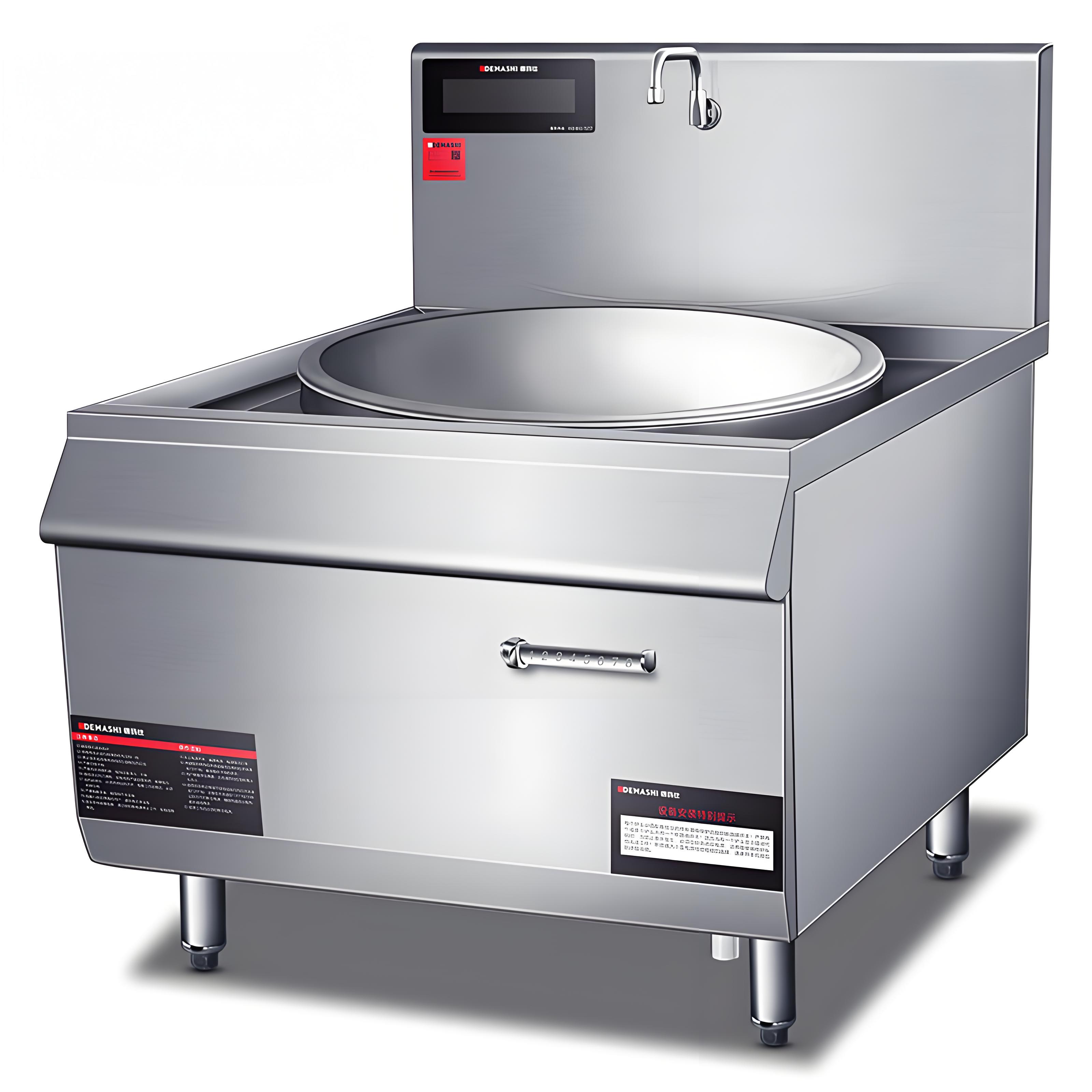
6. Is Induction Right for Your Hotel Kitchen?
Induction cookers are ideal for hotels prioritizing efficiency, safety, and precision, but they’re not a one-size-fits-all solution. Small kitchens with limited budgets or outdated wiring may struggle with the upfront costs. Large, high-volume kitchens benefit most, especially those aiming for sustainability or fine dining.
I’ve seen induction transform a resort’s kitchen, cutting energy costs and impressing chefs with its speed. But for a small guesthouse with basic needs, a gas stove was more practical. Assess your kitchen’s size, menu, and goals to decide.
7. The Future of Induction in Hotel Kitchens
Induction technology is evolving, with smart controls, modular designs, and energy-monitoring features making them even more appealing. Some models now integrate with kitchen management systems, optimizing power use during peak hours. As energy costs rise and sustainability becomes a priority, I expect induction to dominate commercial kitchens.
Final Thoughts: Plan Smart, Cook Smarter
Switching to a commercial induction cooker in your hotel kitchen is a big move, but with careful planning, it can boost efficiency, safety, and chef satisfaction. From assessing your electrical setup to training staff and choosing compatible cookware, each step matters. Having guided hotels through this transition, I’ve seen how the right approach turns challenges into opportunities. Take the time to evaluate your needs, and you’ll set your kitchen up for success.
Got questions about induction or kitchen upgrades? I’m here to help—let’s make your hotel kitchen shine!

Related Q&A
1. Can any hotel kitchen switch to induction?
Most can, but you’ll need sufficient electrical capacity (220–415V, 50–100 amps). Older buildings may require wiring upgrades. Consult an electrician first.
2. How do I know if my cookware works with induction?
Test with a magnet—if it sticks to the pan’s base, it’s compatible. Flat-bottomed, ferromagnetic materials like cast iron or stainless steel work best.
3. Are induction cookers faster than gas?
Yes, induction heats pans directly, boiling water 20–50% faster than gas. Precise control also speeds up cooking tasks like searing or simmering.
4. What maintenance do induction cookers need?
Clean the glass-ceramic surface with a damp cloth and mild cleaner. Avoid abrasives and heavy impacts. Check electronics annually for wear.
5. Do induction cookers save money long-term?
Yes, their 90% energy efficiency can cut bills by 20–40% compared to gas. Savings depend on usage and local energy rates.
